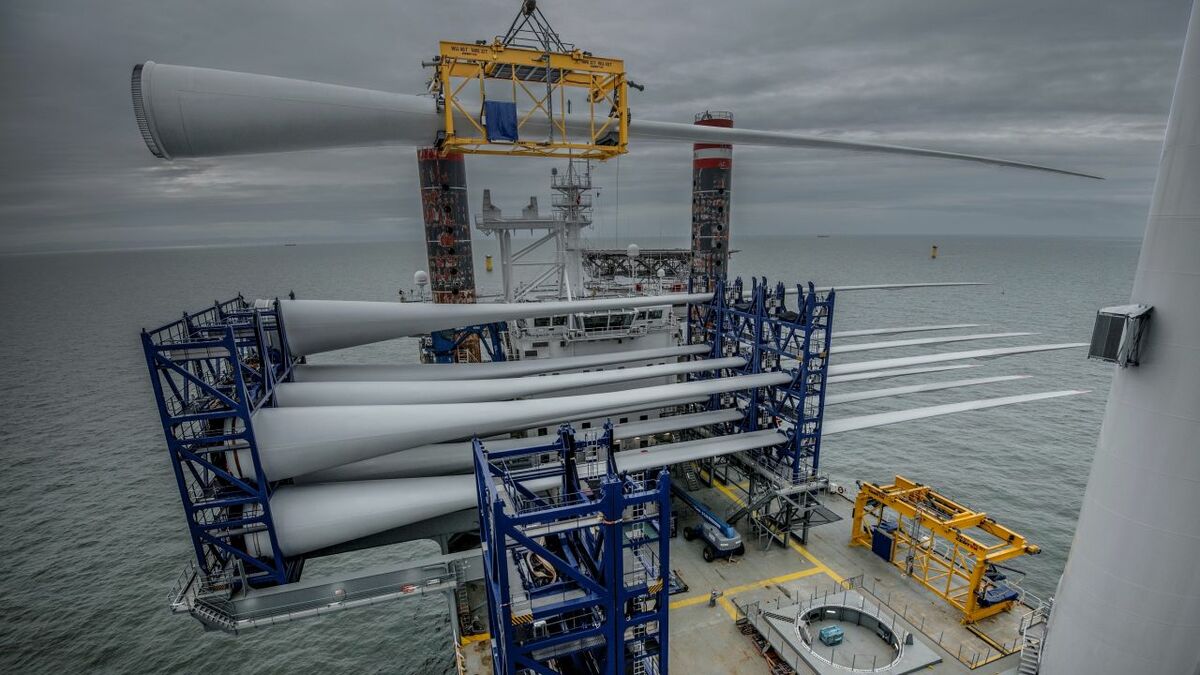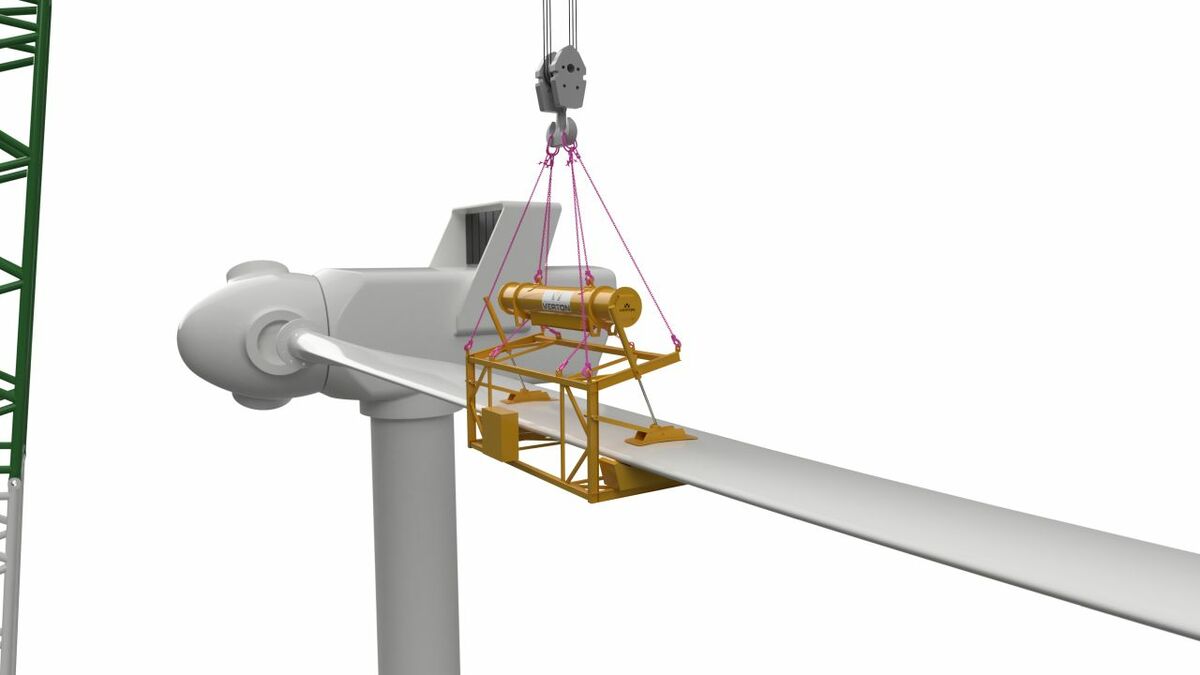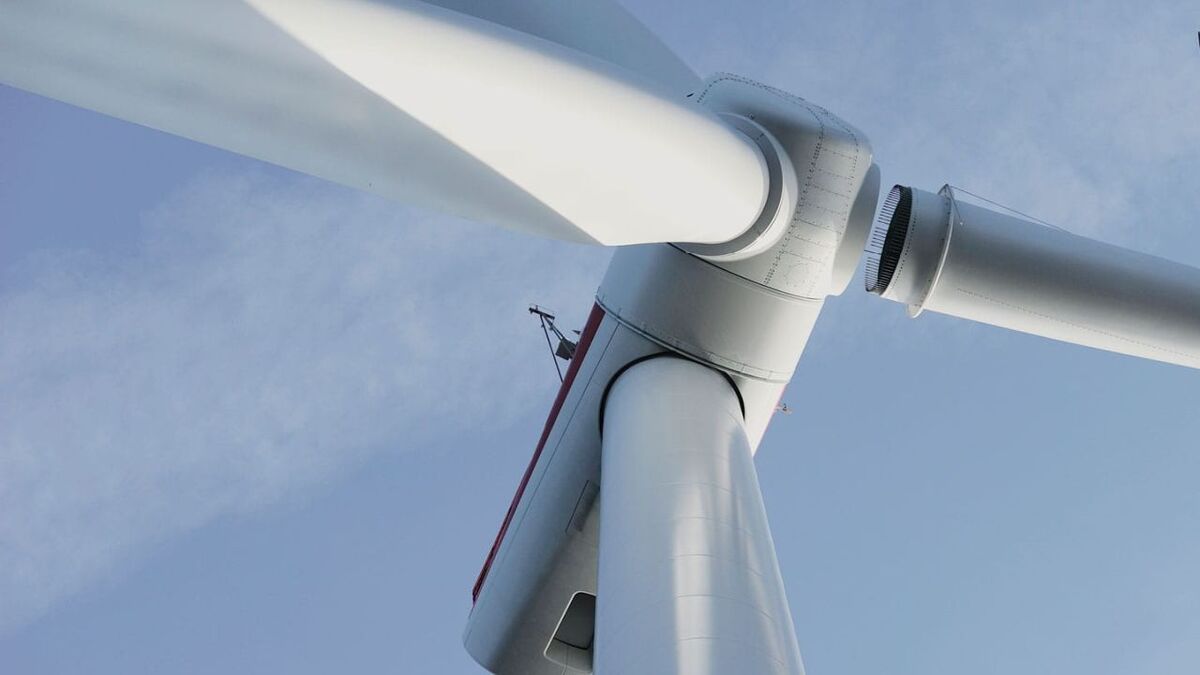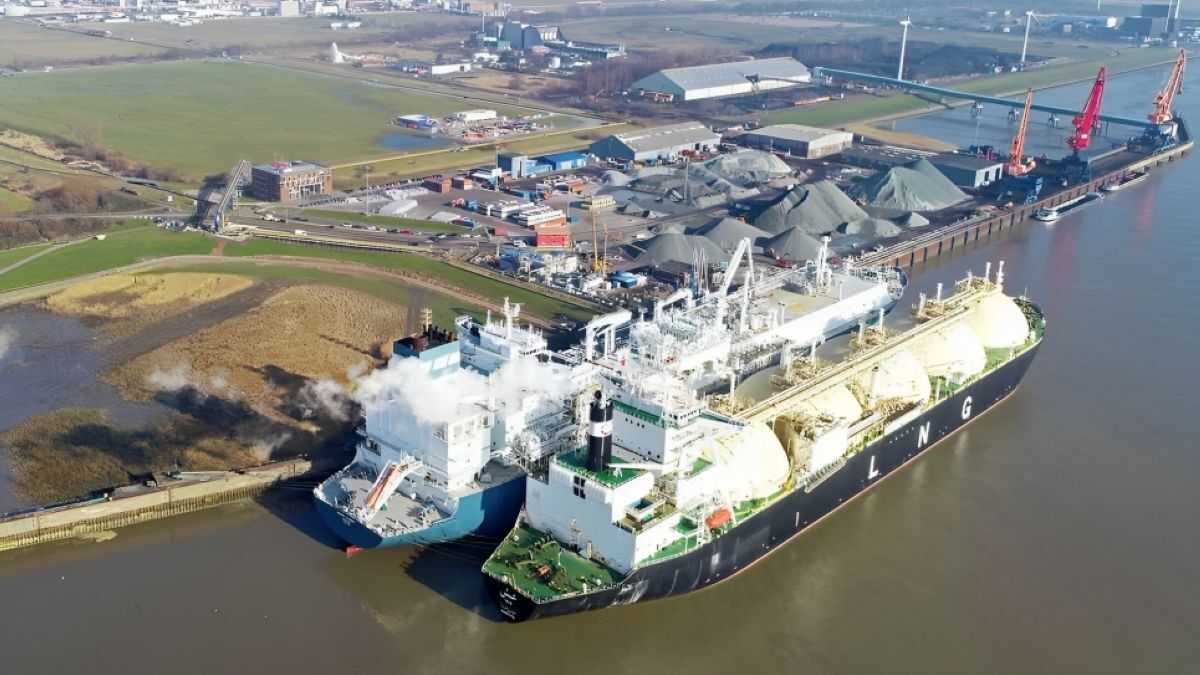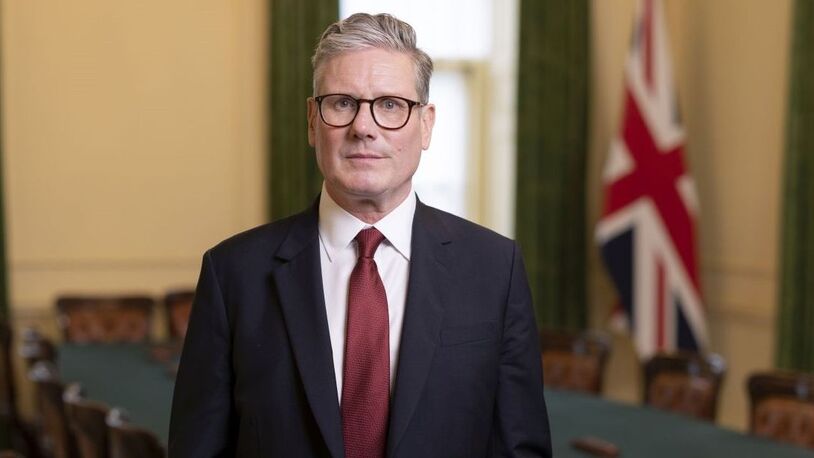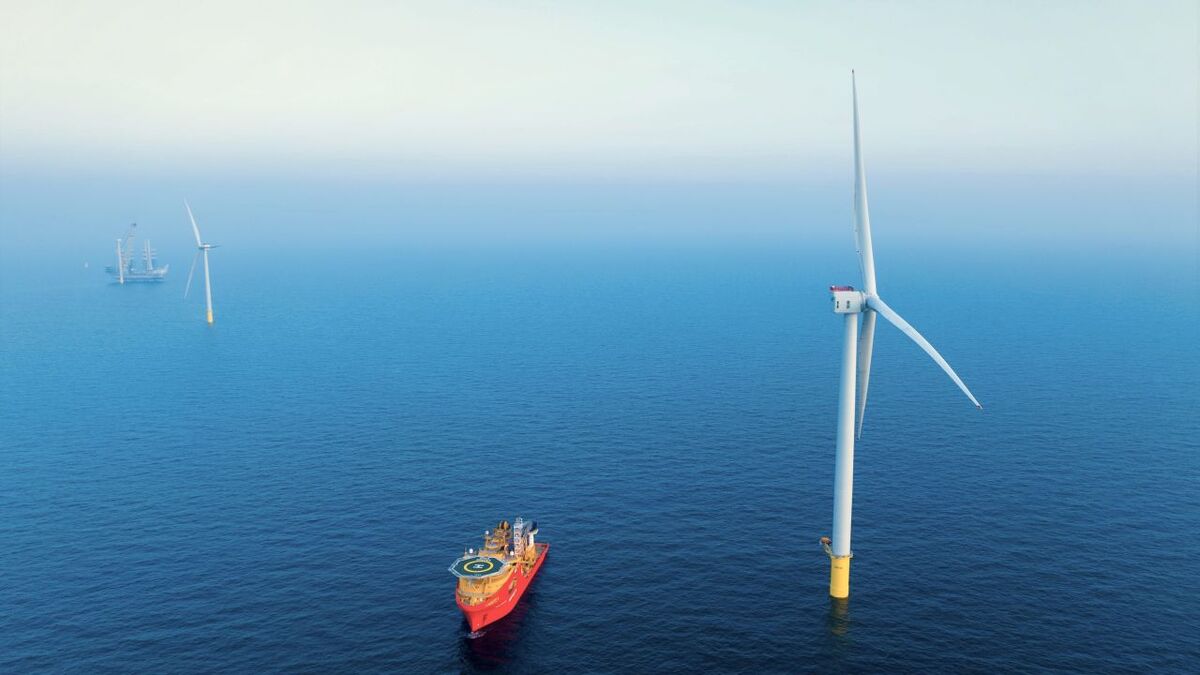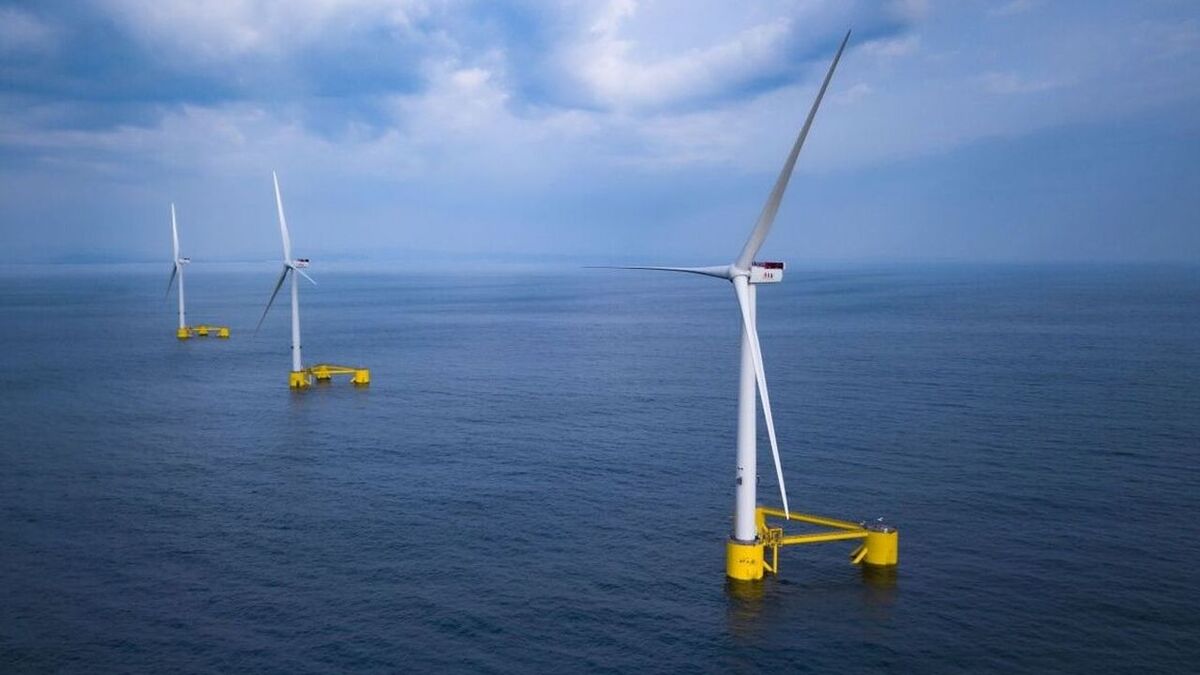Business Sectors
Events
Contents
UPDATED: Load-orienting technology will make offshore installation safer
An Australian company that is working with wind turbine OEM MHI Vestas Offshore Wind and other leading players in the market, has developed a suite of load-orienting solutions it believes can make every aspect of the installation process safer and more productive
The company, Verton, has an established track record with remote control load handling systems used in the mining and construction industries, and is working with MHI Vestas to make tower installation safer and quicker, and with Vestas, Van Oord and Mammoet on technology applicable in the onshore and offshore wind markets, that will make blade installation safer and quicker.
In the longer term, however, as Verton general manager Europe Craig Millis explained, the company is tailoring its technology to meet the demands of every aspect of the offshore installation process, from towers to nacelles to turbines. It believes its technology also has applications in the offshore oil and gas sector.
The technology developed by Verton uses gyroscopes – sophisticated attitude control devices – linked to smart software, to enable suspended loads to be handled and rotated with a user-friendly remote control system.
Angular momentum stored in the gyroscopic modules is used to precisely rotate loads, eliminating the need for taglines and for personnel controlling them. The system can be used in manual mode, or in automated mode in which a load can be automatically held in a desired position.
“Using taglines in any situation can be complicated, but it is particularly challenging on the deck of a vessel where space is at a premium, when you are orienting large objects with high inertia” Mr Millis told OWJ.
“With our technology, you can get people out of the hazard zone. In addition to the obvious hazards, taglines are far from ideal on a vessel because they can become snagged if dragged across the deck.”
Verton’s first project in the wind energy sector saw it collaborate with turbine OEM Vestas, heavy-lift specialist Mammoet and offshore installation contractor Van Oord to apply its technology to the installation of turbine blades, on and offshore.
“Blades tend to be the most complex and challenging part of the installation process,” Mr Millis explained, noting that an initial example of its Windmaster system (see below) is due to be delivered in the first half of 2021.

With MHI Vestas it is working on the application of its technology to the process of installing wind turbine towers. MHI Vestas has previously announced a range of ‘SMART Turbine’ products, including ‘SMART Dampers’ that are designed to actively reduce fatigue loads on wind turbine towers. Now, MHI Vestas has signed a contract with Verton to produce innovative new tooling to handle the SMART Dampers during installation.
Verton managing director Trevor Bourne said, “Working on offshore sites is difficult enough and is further complicated using taglines to control loads during lifting operations.
“Our Columbus 7.5 SpinPod will be capable of precisely controlling the orientation of a custom lifting yoke and its load, including setting and holding a desired orientation, even under the most challenging conditions.
“This remote-control solution eliminates the need for taglines and for workers to be near the landing area, greatly improving safety and reducing the number of people required. Precise orientation control will also enable lifting operations to be completed more quickly.”
MHI Vestas chief technology officer Torben Hvid Larsen said the technology “will enable us to increase our offshore handling capabilities and make our product and associated handling procedures smarter, safer and more flexible.”
The first lifting solution in the company’s product range was the Everest 6, which was designed to effectively orientate any suitable load using angular momentum stored in Verton’s gyroscopic modules. The Everest 6 was the springboard to the larger versions of the technology, such as the Everest 30, which has five times the force of the Everest 6 and the ability to ‘nest’ with additional spreaders and rigging to further increase rotational capacity and control larger loads.
Mr Millis describes the Everest 120 as a ‘next-level’ system. It has four times the force of the Everest 30 model with four SpinPod 30 gyroscopic modules. It is suitable for use on spreaders or on a load itself, and can be powered by either a battery bank, onboard generators, or hooked into an external power source via an umbilical cable from a crane.
2021 will see the Windmaster introduced, a complete wind turbine system suitable for lifting and orientating blades without the need for taglines.
Asked about the productivity increases possible with the company’s technology, Mr Mills said it was hard to generalise and that the benefits of using the system would be case specific, but said that in other applications productivity increases have been “dramatic” – in the order of a 30-40% reduction in the time required for a specific task.
As awareness grows of the advantages of Verton’s technology, Mr Mills expects significant interest from other turbine OEMs, who decide how their turbines will be installed by contractors, and from installation contractors themselves.
Related to this Story
Events
Maritime Environmental Protection Webinar Week
Cyber & Vessel Security Webinar Week
The illusion of safety: what we're getting wrong about crews, tech, and fatigue
Responsible Ship Recycling Forum 2025
© 2024 Riviera Maritime Media Ltd.


